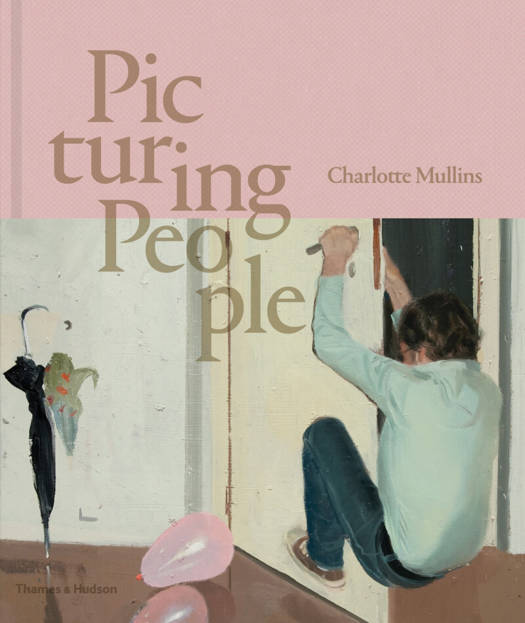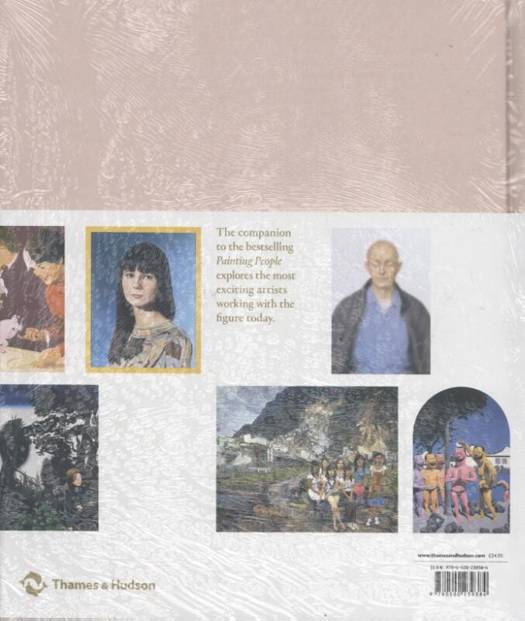
- Afhalen na 1 uur in een winkel met voorraad
- Gratis thuislevering in België vanaf € 30
- Ruim aanbod met 7 miljoen producten
- Afhalen na 1 uur in een winkel met voorraad
- Gratis thuislevering in België vanaf € 30
- Ruim aanbod met 7 miljoen producten
Zoeken


Omschrijving
What drives artists to represent people as they do? This question, at the heart of figurative art, and how we represent ourselves as a society, is especially relevant today. Author Charlotte Mullins picks up the conversation at a time when the art world is influenced by the proliferation of images of all kinds, across all mediums, as well as a growing interest in figurative art.
Profiles of nearly sixty artists--from Kara Walker and Grayson Perry to Cindy Sherman and Kehinde Wiley--showcase significant works and are accompanied by the artists' commentary, illustrating the range of motivations, mediums, and techniques driving one of the most potent genres of art today. The book is organized into five thematic sections that reflect artists' motivations, which range from investigating the history of art itself to exploring interpersonal relationships. Mullins's keen curatorial eye picks out informed, sometimes unexpected juxtapositions of artists that reveal new affinities and distinctions between them, making Picturing People an important contribution to the study of figurative art.
Profiles of nearly sixty artists--from Kara Walker and Grayson Perry to Cindy Sherman and Kehinde Wiley--showcase significant works and are accompanied by the artists' commentary, illustrating the range of motivations, mediums, and techniques driving one of the most potent genres of art today. The book is organized into five thematic sections that reflect artists' motivations, which range from investigating the history of art itself to exploring interpersonal relationships. Mullins's keen curatorial eye picks out informed, sometimes unexpected juxtapositions of artists that reveal new affinities and distinctions between them, making Picturing People an important contribution to the study of figurative art.
Specificaties
Betrokkenen
- Auteur(s):
- Uitgeverij:
Inhoud
- Aantal bladzijden:
- 192
- Taal:
- Engels
Eigenschappen
- Productcode (EAN):
- 9780500239384
- Verschijningsdatum:
- 6/10/2015
- Uitvoering:
- Hardcover
- Formaat:
- Genaaid
- Afmetingen:
- 239 mm x 284 mm
- Gewicht:
- 1270 g

Alleen bij Standaard Boekhandel
+ 69 punten op je klantenkaart van Standaard Boekhandel
Beoordelingen
We publiceren alleen reviews die voldoen aan de voorwaarden voor reviews. Bekijk onze voorwaarden voor reviews.












